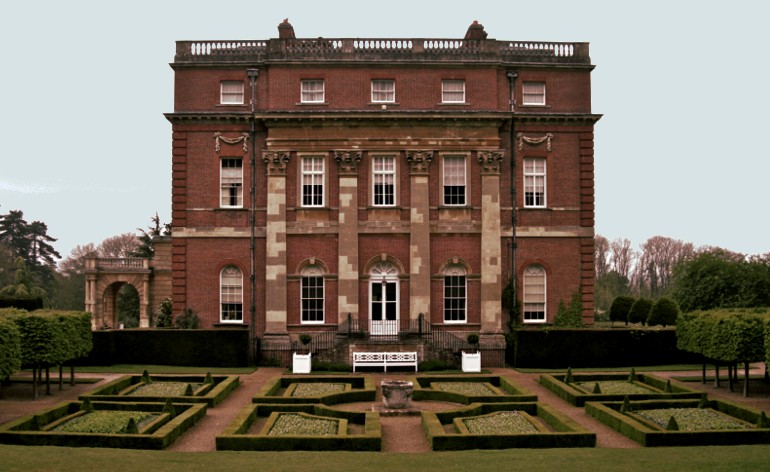Clandon Park, near Guildford, is famous for its imposing Venetian Palladian architecture, impressive Marble Hall and intricate stucco ceilings. So it may come as a surprise that it was once used as a military hospital. Indeed, visitors to the property, which the National Trust has owned since 1956, can now see a First World War operating theatre, which has just been recreated within the building to mark the centenary of the outbreak of the Great War and the role that the estate played.
Over 5,000 patients were treated at Clandon during the war and 750 operations were performed by 1919. The reconstructed operating theatre is an apt memorial of this rich and important history.
Clandon Park was originally home to the Onslow family, who saw the building completed in 1730 as a symbol of their growing social prestige. It passed down through the generations of the family for over 300 years.
During World War One, the Earl and Countess of Onslow were keen to contribute to the war effort. They applied for Clandon to become a military hospital. In 1914, the War Office accepted their application. The Countess of Onslow, Lady Violet, proceeded to play a key role in nursing the wounded soldiers who arrived from Belgium, France and Turkey. She generally preferred to take in men from the lower ranks rather than the officers, whom she feared would give her a hard time.
The operating theatre was originally the Earl of Onslow’s own dressing room, chosen as such for its even north-east light and running water. Visitors to the reconstructed room may today also view replica nurses’ uniforms, original medical record books, and autograph books that the nurses encouraged their patients to use for writing and drawing. Some of the sketches have been turned into canvases in the room, and displayed alongside Medals for War Service and personal accounts of local soldiers.
Of these personal accounts, the story of Private Herbert Victor Farrow from Surrey is particularly poignant. Farrow enlisted into the Army Reserve on 22 November 1915, but because of his age, was not mobilised until 12 May 1916, when he joined the 11th Battalion of the East Surrey Regiment at the age of 18 years and 1 month. Although he was wounded in 1917, he returned to duty.
More gravely, he was wounded for a second time in the Battle of the Somme in Autumn 1918. As a result, he contracted gangrene. Just before Christmas 1918, he had to have his right leg amputated to above the knee at Banbury Hospital in Oxford. He was just 21 years old. The difficulties did not stop there. While serving, Farrow was subjected to a ‘Number 1 field punishment’ for disobeying an order. This punishment took the form of being tied to a post for two hours a day in a place of danger for 21 days.
Farrow would have spent a period at Clandon Park Hospital.
‘Survivor’, an evocative poem by war poet Siegfried Sassoon, is written on the wall of the re-imagined operating theatre, and ties the collection together. It is highly significant, not only for the words themselves, which Sassoon wrote while he was recuperating from injuries in a hospital, but also because Sassoon was the second cousin to Hannah Gubbay, whose vast collection of furniture, textiles and porcelain is housed at Clandon Park.
The operating theatre is part of a five-year project observing Clandon Park’s role in the First World War.
Alice Dunn
Images provided by Alice Dunn & Genevieve Aberdeen



